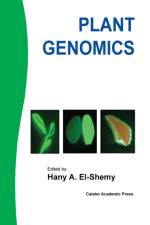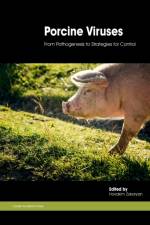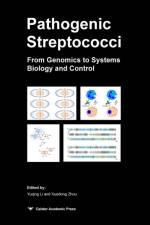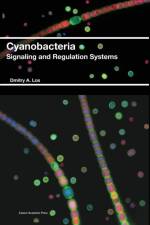- Current and Emerging Concepts
4 317
Most proteins undergo post-translational modifications altering physical and chemical properties, folding, conformation distribution, stability, activity and function. Ubiquitin and SUMOs are related small proteins that are members of the large ubiquitin superfamily of post-translational modifiers. Written by highly respected leaders in their fields under the expert guidance of the editor, this volume covers the principles of ubiquitination and SUMOylation, presents detailed reviews of current and emerging concepts and highlights new advances in all areas of SUMOylation and ubiquitination. Topics of note include: the ubiquitin superfamily, the ubiquitin toolbox, onco viral exploitation of the SUMO system, small molecule modulators of desumoylation, mass spectrometry, global proteomic profiling of SUMO and ubiquitin, biotin-based approaches, genetic screening, SUMOylation networks in humans, targets for ubiquitin ligases, regulation of p53, protein homeostasis, miRNAs, DNA replication, DNA damage response, telomere biology, intracellular trafficking, regulation of angiogenesis, brain ischemia, autophagy, assembly and activity, antiviral defense, HIV infection, amyloid and amyloid-like proteins, plant immunity. This comprehensive and up-to-date book is the definitive reference volume on all aspects of SUMOylation and ubiquitination and is an essential acquisition for anyone involved in this area of biology.






























